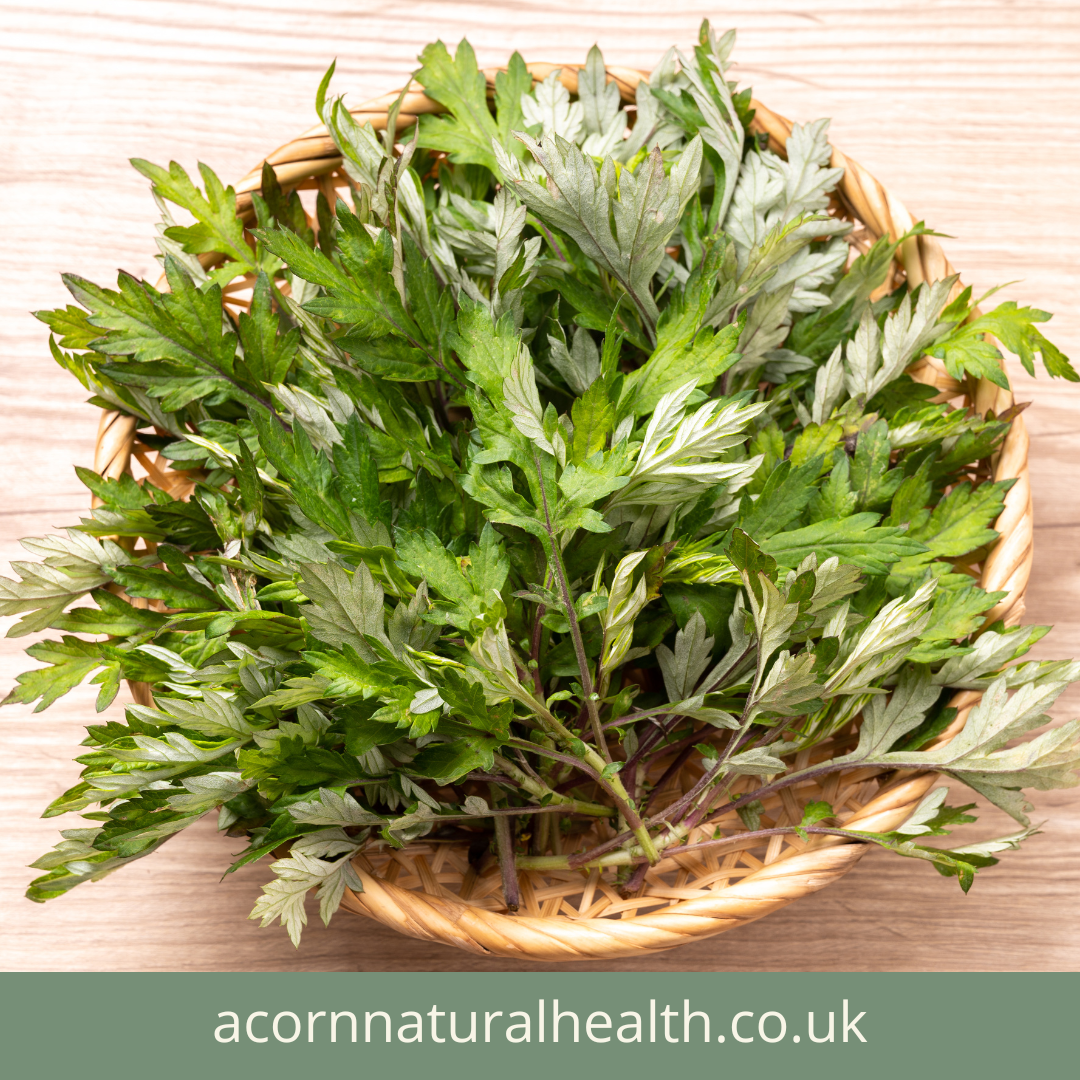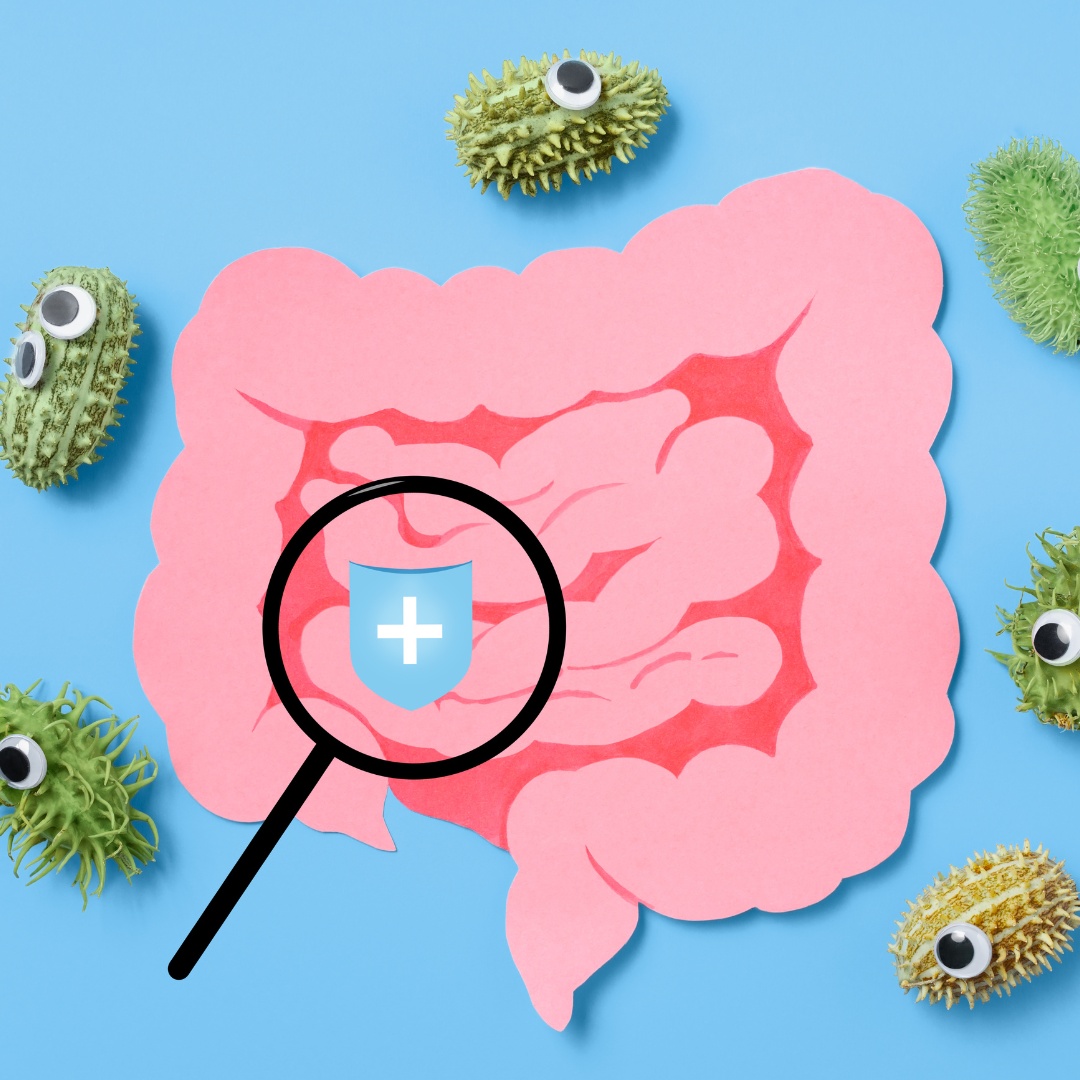🍬 Artificial sweeteners, like aspartame and acesulfame-K, are common in many of our favourite “sugar-free” foods and drinks. They help cut calories, but are they really safe?
A recent study from France looked into this and found some worrying connections between these sweeteners and cancer.

🔍 What Was the Study About?
Researchers wanted to see if eating artificial sweeteners could increase the risk of getting cancer. They studied over 100,000 adults for nearly 8 years, tracking what they ate and how much artificial sweetener they consumed.
📊 What Did They Find?
The study showed that people who consumed higher amounts of artificial sweeteners had a slightly higher risk of developing cancer. Specifically, aspartame and acesulfame-K were linked to a higher risk of cancer overall, and especially breast cancer and cancers related to obesity.
🔑 Key Takeaways
– Higher Cancer Risk: People who consumed more artificial sweeteners had a higher chance of getting cancer compared to those who didn’t use them as much.
– Specific Sweeteners: Aspartame and acesulfame-K were particularly linked to this increased risk.
– Healthier Choices: This study suggests it might be wise to limit the intake of these sweeteners until more is known about their long-term effects.
❓ Why Should You Care?
Even though the increase in cancer risk is small, it’s still important to be aware of what we put into our bodies. Opting for natural sweeteners and whole foods might be a better choice for our long-term health.
🌿 What Can You Do?
– Read Labels: Check for artificial sweeteners in the ingredient lists of your favourite foods and drinks.
– Moderation: Try to reduce your intake of products with artificial sweeteners.
– Natural Alternatives: Consider using natural sweeteners like honey, maple syrup, or simply enjoying foods in their natural state.




